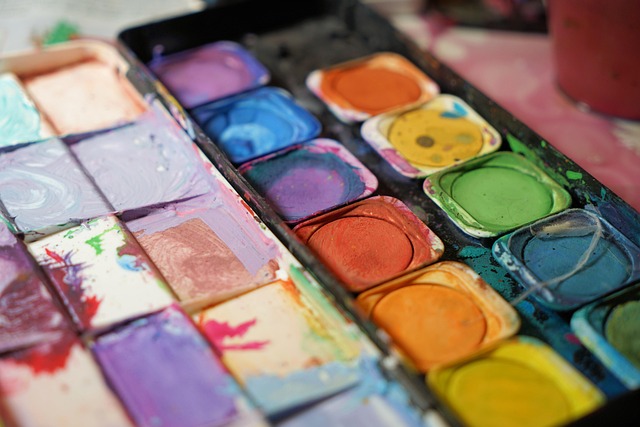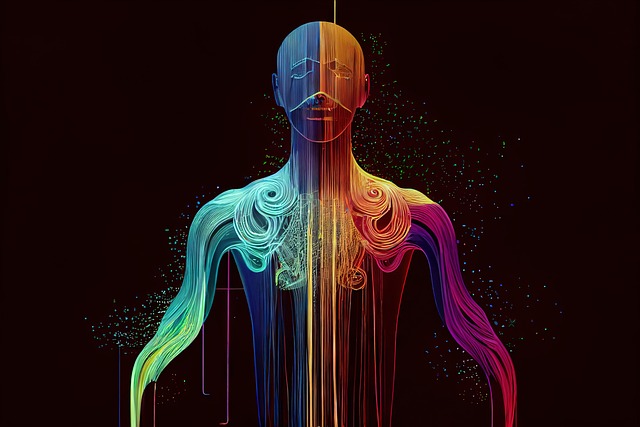Exploring the Essence of Minimalist Art in Graphic Design
In a world overflowing with visual noise, minimalist art emerges as a breath of fresh air, inviting us to appreciate the beauty in simplicity. This artistic approach, marked by clean lines, limited color palettes, and a focus on essential forms, resonates deeply within the realm of graphic design. By stripping away the non-essential, minimalist art encourages designers to convey messages with clarity and purpose.
The Beauty of Less
Minimalist art teaches us that less can indeed be more. In graphic design, this principle transforms complex ideas into straightforward visuals that speak directly to the heart of the audience. A single dot, a line, or a carefully chosen color can evoke profound emotions, creating a connection that intricate designs may struggle to achieve. Through the simplification of elements, designers harness the power of negative space, allowing the viewer’s mind to fill in the gaps and engage with the artwork on a deeper level.
Timelessness in Design
Simplicity in design is often equated with timelessness. Graphic designs that embrace minimalist art often remain relevant across changing trends. Brands that adopt minimalist aesthetics convey a sense of sophistication and confidence, making a lasting impression on their audience. Iconic examples such as Apple’s logo or the clean interface of Google’s homepage highlight how effective minimalist design can be in establishing brand identity.
The Impact of Color and Typography
In minimalist art, color plays a critical role. Limited palettes force designers to select hues that complement and enhance the message, creating a striking visual impact without overwhelming the senses. Typography, too, is refined to its core in minimalist graphic design. The careful selection of typefaces and spacing can transform simple words into powerful statements, embodying the art of communication itself. A well-placed word can resonate just as profoundly as a complex illustration.
Nurturing Creativity
Embracing minimalist art in graphic design does not stifle creativity; rather, it nurtures it. The challenge lies in finding innovative ways to express ideas using a concise vocabulary of shapes and colors. This limitation fosters ingenuity, pushing designers to think outside the box and explore new horizons in visual storytelling. The result is a unique blend of creativity and discipline that resonates with audiences globally.
A Journey of Interpretation
Minimalist art invites interpretation, often allowing viewers to find personal meaning within simplicity. This open-ended approach fosters a dialogue between the designer and the audience, encouraging them to engage and explore their perceptions. In a design landscape full of complexity, minimalist art stands as a reminder that sometimes, the simplest expressions hold the most profound truths.
As we continue to navigate the evolving world of graphic design, the principles of minimalist art will remain a guiding light, reminding us that elegance often lies in simplicity. Whether in advertisements, branding, or digital media, the essence of minimalist design inspires us to create more with less, inviting audiences to appreciate the beauty of thoughtfulness in every stroke and shape.




